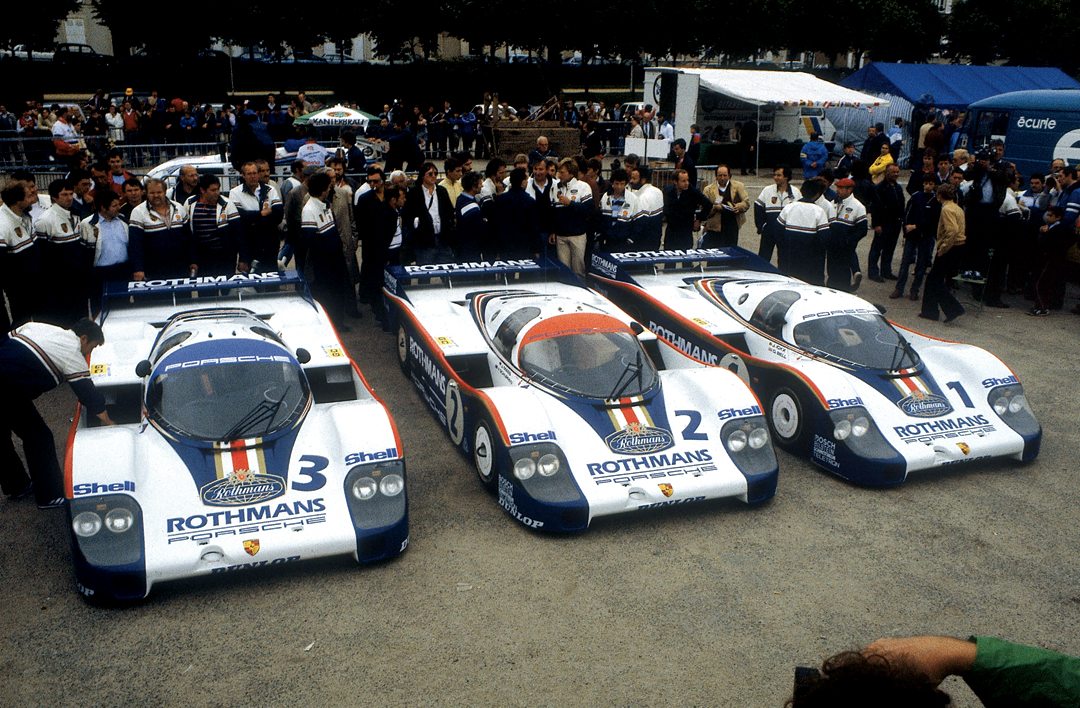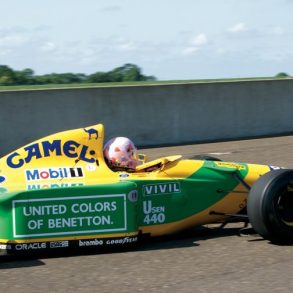The 1982 Porsche 956 was a car that we started with a clean sheet of paper. Everything was new, the monocoque, aerodynamics—which included “ground effect” completely different to that of a Formula One car, the gearbox, everything except the engine, which had proved to be very reliable and no need to change it.
This was the first time we had built a monocoque car and we had to learn fast, we had to learn how aerodynamics and ground effects worked on a sports car. Yes, Formula One was already doing it in those days, but that was entirely different to what we wanted to do—we knew because we tried to copy what they had done and it didn’t work. So, since there was no point in talking to Formula One people, we had to talk to aerospace people in Germany. In no more than two hours our meeting was complete, and work started on the new car immediately. Time was our enemy too, we had little time to waste, it was a great pressure, but only when looking back. I think we were all so involved in the design process we just got on with the job and did our best. The first race we had with the new car was at Silverstone, just nine months after we had first begun working on the car.
In these days too, we had the best combination of driver with Jacky Ickx and Derek Bell, who went on to win the 1982 24 Hours of Le Mans. Drivers were paramount in those days as we had very restricted data-logging devices, but nothing they have today. Electronic devices were big and heavy in those days and not able to be run on the car. We ran data-logging equipment on test days at our test circuit, but it was primitive and heavy compared to today, although it did give us a basic idea of how to set up the car. The driver, though, was very pivotal in the way we went.
Pre-season testing at Paul Ricard ran faultlessly, so we were ready to race. Our first competitive run with the 956 was at the 1982 Silverstone Six Hour race (the second round of the Manufacturers Championship). It was just a test session for us. In qualifying we were much faster than the Lancias, but in the race we simply cruised around in fifth gear, gradually increasing speed as the race went on. As I said, this was just a test in preparation for the Le Mans 24 hours. Our car finished overall 2nd, at Silverstone, and 1st in class —very respectable, without giving too much away to the opposition.
At Le Mans, as always, there were a few problems. The first was early on in the race with a misfire, which was caused by fuel mixture. We also had a puncture and lost a few laps. Both of these were early on in the race. After this, we remained in the lead and went on to win the race. This first win with the 956 in 1982 stands out above all the Le Mans victories I’ve been involved with. As I said, everything was new, except the engine. It was a great win and a great car.










